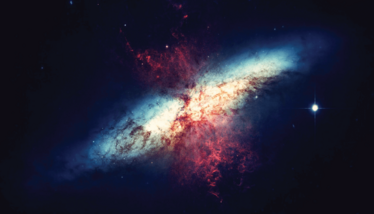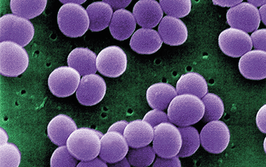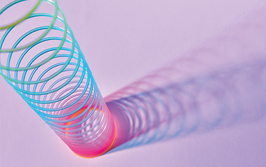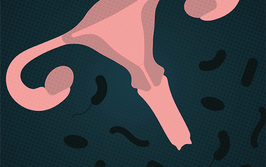
Aim for the Stars
How algorithms designed to map the universe can help optimize cancer diagnosis and treatment
Celestial object-mapping algorithms are typically used to determine the distance between galaxies and stars across the universe. But could their applications stretch beyond the stars? A new tool translates these algorithms to life sciences research by examining cells and the distances between them at microscopic levels. Why? To explore the immune landscape of cancer in a rapid, intelligent fashion – the same way we explore the landscape of the sky. More specifically, the program analyzes large multiplexed immunofluorescence (mIF) datasets by using celestial object-mapping algorithms to rapidly identify optimized predictive signatures.
The AstroPath database contains billions of data objects – large cohorts of tissue samples and images and their associated clinical outcomes data. The algorithm enables scientists to ask hypothesis-driven questions and get answers in milliseconds. How? Using a specially designed data structure (for both hardware and software) that allows rapid querying of whole study cohorts, looking for patterns that correlate with clinical parameters, such as treatment response.
Leveraging the techniques used in astronomy, these deep learning algorithms can help us better understand the relationships between cells (including rare cells) and their densities as well as how they relate to tumors. In the future, we may be able to use this information to gain deeper insights into biomarkers and improve personalized treatment decision-making.
Establishing an mIF workflow in the lab is a first critical step for analyzing spatial phenotypic signatures. Once the workflow exists, the new spatial phenotypic signatures – discovered through AstroPath and captured as new algorithms – can be applied in a conventional lab workflow as fit-for-purpose R scripts or through similar software applications. So far, such algorithms have been applied extensively to melanoma samples with promising results. Now being studied in other cancer types, these spatial phenotypic signatures are showing potential as new biomarker signatures in immuno-oncology.


While obtaining degrees in biology from the University of Alberta and biochemistry from Penn State College of Medicine, I worked as a freelance science and medical writer. I was able to hone my skills in research, presentation and scientific writing by assembling grants and journal articles, speaking at international conferences, and consulting on topics ranging from medical education to comic book science. As much as I’ve enjoyed designing new bacteria and plausible superheroes, though, I’m more pleased than ever to be at Texere, using my writing and editing skills to create great content for a professional audience.




















